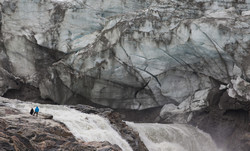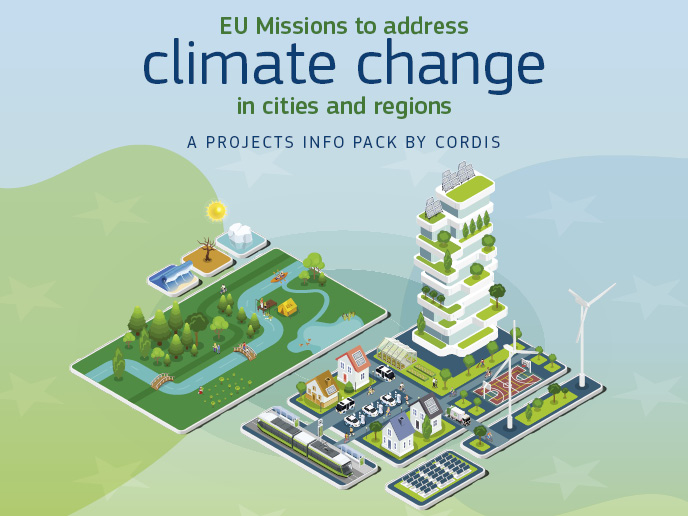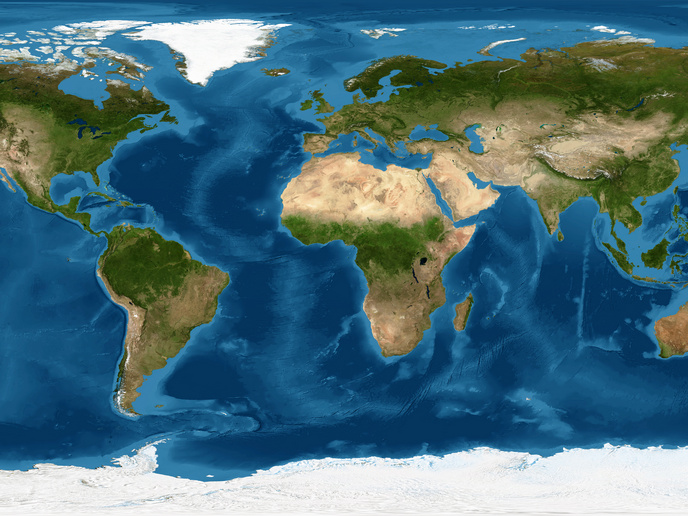Dire forecast for Greenland ice sheet
Climate change will cause global sea-level rises, thus devastating coastal populations. Melting of the Greenland and Antarctic ice sheets will contribute substantially to such rises, although currently the speed and extent cannot be accurately predicted. The EU-funded EURICE(opens in new window) (European ice sheet modeling initiative) project aimed to reduce the uncertainties. The purpose of the modelling study was to help develop specific adaptation and mitigation strategies. Researchers created, verified and documented a model used for geophysical simulations of Greenland's ice sheet melting under climate change conditions. The model predicted changes in the sheet's surface mass balance. The flexible and expandable modelling framework constitutes significant improvements to the existing regional climate model. Improvements include a new precipitation scheme, with better matched observations of spatial distribution, plus more realistic seasonality and a new energy balance scheme. Other work involved examination of the two most recent Marine Interglacial Stages (MISs), plus Greenland's initial glaciation conditions from about three million years ago. Although MIS-11 was not as warm as the subsequent MIS-5, the former melted most of the ice sheet. The model also showed that Greenland only re-glaciated after atmospheric CO2 dropped below a certain threshold. Findings illustrate the critical contemporary importance of keeping CO2 levels as low as possible. Researchers demonstrated that future ice sheet melting would be non-linearly related to temperature increase. Positive feedbacks between surface elevation and temperature will amplify temperature-related melting. The new model indicated that the threshold of atmospheric CO2 likely to cause such runaway melting is lower than previously thought. Furthermore, Greenland ice sheet melting may be involved in the observed slowdown of the Atlantic Meridional Overturning Circulation. The work yielded eight journal publications. EURICE refined understanding of the consequences of high atmospheric CO2 levels. Under such conditions, the Greenland ice sheet previously melted completely and did not reform until levels had dropped.







